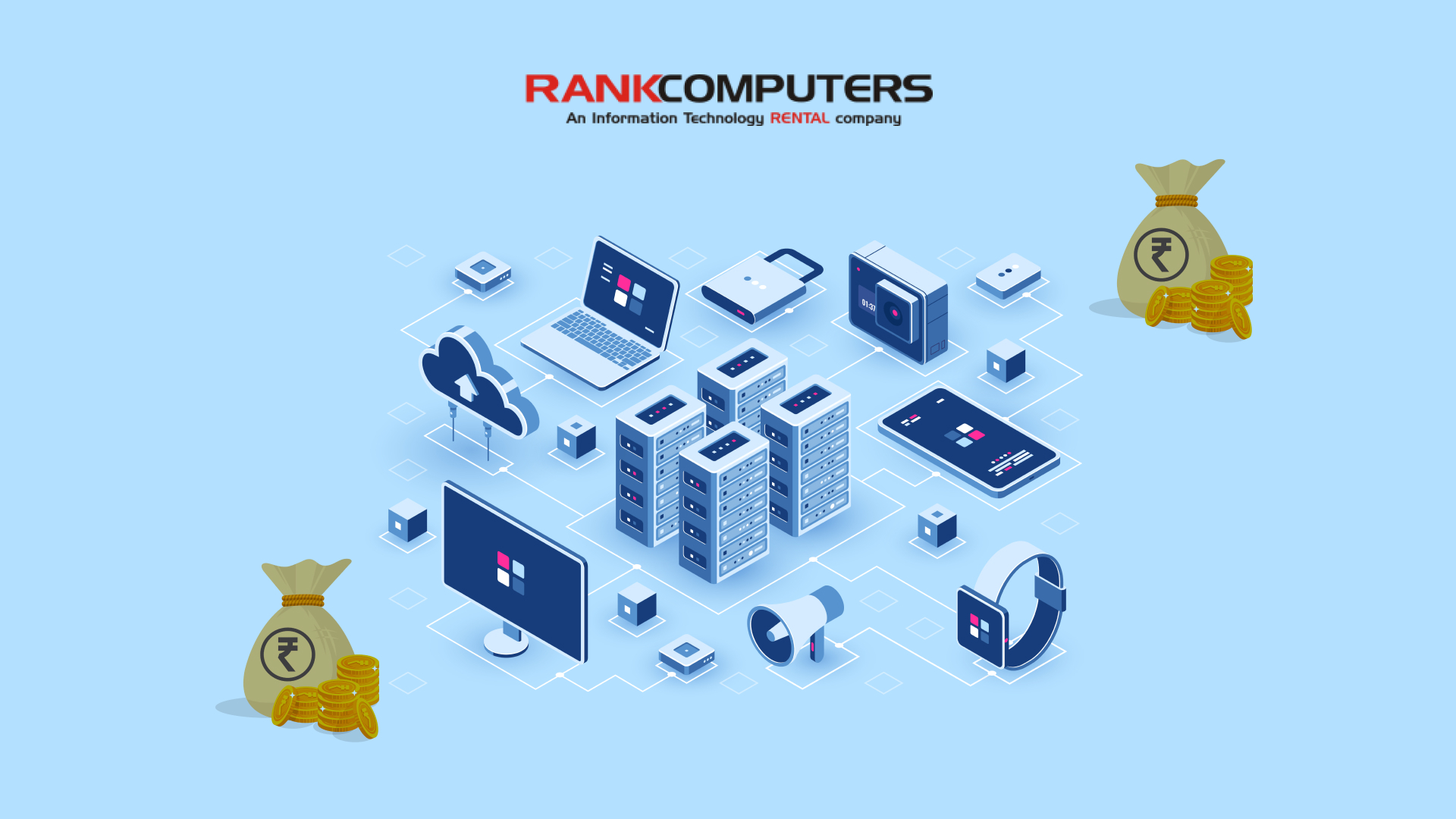Upgrades may sound appealing until you consider your budget. The system upgrades may not have been included in the budget for the current year, but at some point, they will become necessary, and you must plan a separate part of the budget for them.
Upgrades cannot be postponed or avoided for an extended period of time because they affect the efficiency, productivity, and sustainability of your company. Even though upgrades are necessary, many IT companies don’t put them at the top of their list because they are happy with their current systems as long as they work.
However, if you want your business to expand over the long term, having the right systems in place will be very helpful to you.
Upgrades may appear to be a daunting task at first, but with a proper plan, you can make it rather simple, and we can assist you with that.
Choose the best time to upgrade
Most companies seeking long-term sustainability decide on and implement upgrades within a short period of time. However, this is not the case for all businesses. Since your budget is such an important factor in upgrading, you must be able to determine the right time to do it. By the right time, we mean when upgrades become a need for your company. not just a choice.
For instance, if your old systems are frequently repaired or damaged, if your employees are underperforming because your old systems cannot support them, or if you intend to bring in new projects or employees to expand your business, you should consider upgrading.
The above scenarios are just a few instances where upgrades become necessary. There are other scenarios in which you are compelled to get new systems and equipment to support your business. However, we’d advise you to upgrade your systems before facing that scenario.
Instead of being forced to upgrade, you can assess the performance of your existing systems and decide the right time to upgrade them.
There’s a chance you’re overspending by delaying the upgrades. So, rather than simply waiting for your old systems to wear out, it would be a wise decision to upgrade them at the right time.
Plan your upgrades with the future in mind
Every business plan, including system upgrades, should be designed with the future in mind. After deciding the right time to upgrade, it is essential to begin planning for it. Planning your upgrades just for the present is a common blunder most businesses make.
As you already know, upgrade decisions are not simple. It requires a significant budget and is not something that should be done frequently. As a result, when planning upgrades, keep your future needs in mind.
Every upgrade you intend to make now should also ensure the long-term viability of your business. If you’re going to upgrade your storage, make sure you don’t have to plan another upgrade in the next few years.
Figure out where your upgrades will be useful in the future, and plan them well.
Upgrades should be done in stages
Don’t put everything on the line! Upgrades are necessary, but they should not deplete your budget, causing a bigger problem for your company to deal with.
Take it one step at a time when planning your upgrades. This will require you to prepare a strategic plan for every upgrade. Without a solid plan, you risk exceeding your budget and overspending.
Plan your upgrades by conducting a thorough analysis of the areas that need immediate improvement. It is not always necessary to upgrade all of your company’s equipment. Sometimes you just have to upgrade the servers, expand the storage, or bring in systems with updated features.
Whatever the upgrade requirements are, analyse them and prioritise them. For smart upgrading and to prevent your budget from running dry, pick the essential areas to upgrade, prioritise them, and carry them out gradually.
Find the most suitable alternatives
Find suitable alternative solutions that can reduce your upgrading costs while preparing for upgrades. The goal here is not only to upgrade your systems but also to save money while doing so. To achieve the goal, you must seek out efficient and cost-effective alternative solutions.
For example, instead of relying on expensive hardware for a security upgrade, you can do it with software that has extensive security features. Several SaaS products and Open Source Software (OSS) are greatly assisting businesses in replacing hardware with software.
Cloud-based solutions have recently gained popularity due to their increased efficiency, flexibility, and affordability. Cloud-based solutions, as opposed to on-premises servers and storage devices, are less expensive and can provide significant convenience. Going cloud can be extremely beneficial if you are expanding your business and looking for cost-effective solutions.
You can find alternatives for equipment that hurts your budget while upgrading, similar to SaaS and cloud-based solutions. Even if you can’t find good alternatives for all of the upgrades you’re thinking about, it may help you stick to your budget and spend wisely.
Choose whether to buy or rent
Whether you’re dealing with a system repair, replacement, or upgrade, you’ll mostly have two choices: buy or rent the necessary equipment. You can buy new systems if you have a large enough budget to invest in long-term upgrades. However, if you are on a tight budget, renting IT equipment is the way to go.
In terms of budget and flexibility, renting systems have several advantages. Renting necessary IT equipment allows you to manage your budget by paying a fixed monthly rent. Furthermore, maintenance and insurance are off the table because the provider will handle them for you.
When you rent equipment, you also have access to a wide range of options and the newest equipment with the most up-to-date features.
If you are considering renting IT equipment, do not hesitate to contact Rank Computers. We rent out a variety of systems, servers, storage devices, workstations, and other IT equipment to businesses at reasonable rates. With our extensive industry experience, we can provide you with the highest quality equipment.
Conclusion
Upgrading your IT equipment will be a smart move if it makes your business more efficient and productive while staying within your budget.
With each upgrade, you add value to your organisation and improve its performance. So, if you’ve been debating whether or not to upgrade your equipment, the time has come to make a choice.



